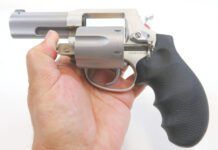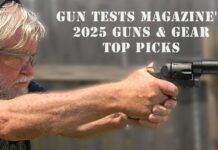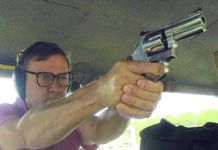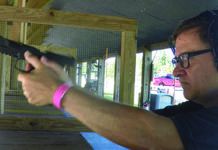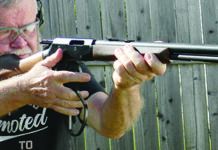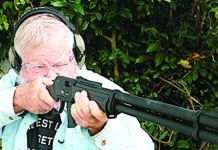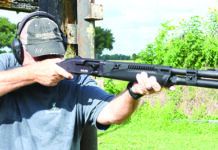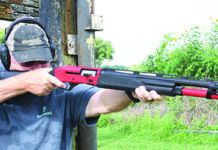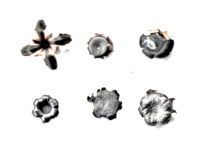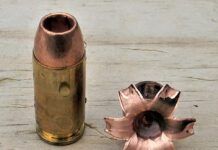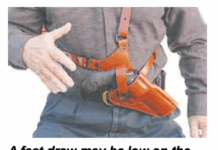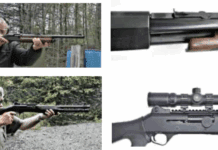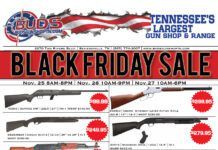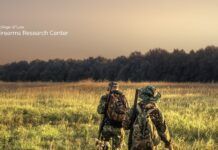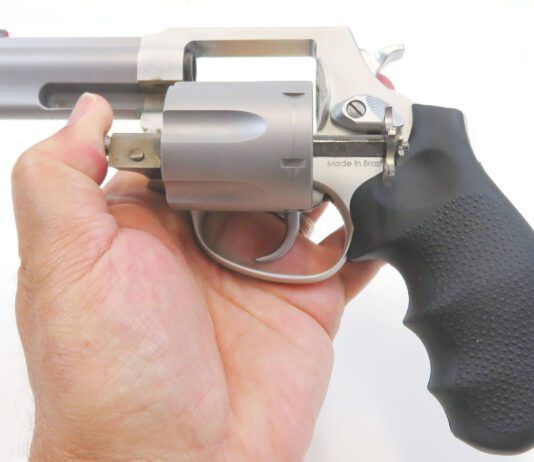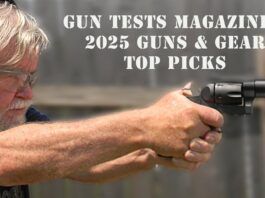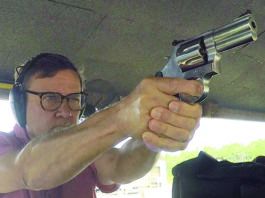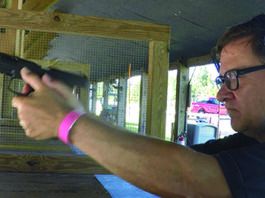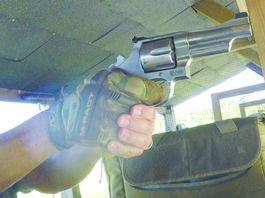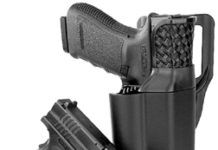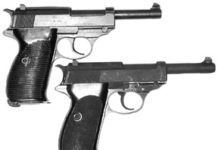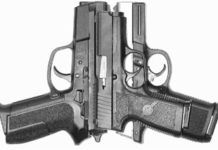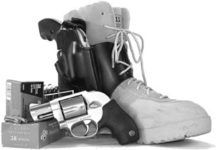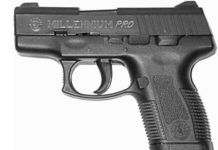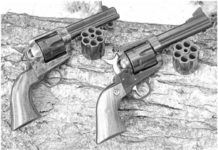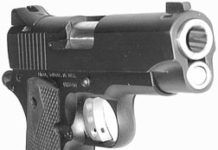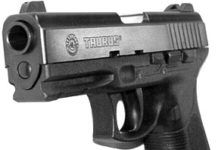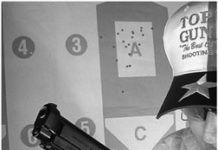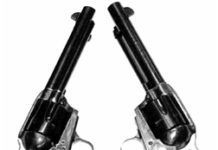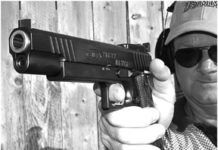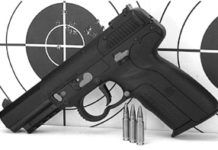Springfield Armorys .45 GAP Takes On Glocks in .45 ACP
Glock created the .45 GAP for its polymer pistols, but Springfield Armory's XD 45 puts the round to good use as well. What would happen when we compared it to the 21 and 21C?
The Grand Old P38: How Good Is It? What About the P1?
With the zillions of 9mm pistols available today, why would anyone want an old P38? Fact is, they're pretty good guns.
.40s From Kahr, Sigarms, S&W: Should You Pick DA-SA or DAO?
Kahr's P40 shot fast, and Sig's new Sig Pro 2340 worked, but Smith & Wesson's SW40SV required a strong trigger finger.
Shrouded-Hammer .38 Special +Ps from S&W and Taurus
At only $461, we would buy the Taurus 851 SSUL ahead of the more expensive Smith & Wesson 638-3, $620. Reason: The Taurus has a nifty adjustable rear sight that adds versatility.
Three Tiny .45 ACPs: We Pick The Taurus Millennium Pro
Glock's 36 is barely okay, in our estimation, and we had doubts about the Para Warthog's ability to shoot comfortably.
Convertible .45 Revolvers: Ruger and Cimarron Face Off
Ruger's Convertible may be worth the money, but we would pass on the fine Cimarron, whose ACP setup didn't work.
Lightweight Commander-Length .45s: Buy Kimbers Pro Carry II
Also, we loved Colt's Gunsite CCO, but it had what we thought was a fatal flaw, and S&W's SW1911 Sc may not go bang.
Full-Size Double-Action .45s: Taurus, Ruger Go Head To Head
The new Taurus 24/7 is a great combat gun, and we liked Ruger's P345, but the person shooting the Taurus PT 945 must have big hands to get the right shooting grip.
TDA .40 S&W Pistols: Vertec Beats Cougar and 4013TSW
You can't go wrong with the sexy Italian $875 Beretta Cougar Inox or the all-American $940 S&W 4013TSW. But our first pick is the slightly larger $758 Beretta 96 Vertec.
Three Cowboy Action Revolvers: Ruger, Beretta, and Cabelas
We thought Ruger's New Vaquero had teething problems, but we liked Beretta's Stampede. In our estimation, Cabela's Millennium still sets the value standard for .45 LC handguns.
Long-Slide .45 ACP Pistols: Springfield and STI Tee It Up
Though the $2,000 STI Target Master was Our Pick, it cost twice as much as the Springfield Long Slide 6-inch .45, which we rated as a Best Buy despite some hiccups.
Guns and Accessories Reviews: FN, Remington, and Others
The Five Seven pistol is lightweight and accurate, and we like it, though it shoots the small 5.7x28mm cartridge. For rifle-accuracy upgrades, check out Don Bower's handiwork.


